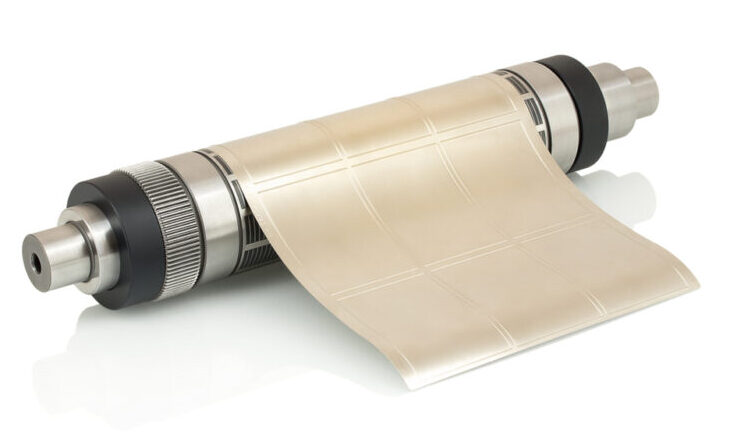There is a huge variety of self-adhesive labels and the materials from which they are made
There is a huge variety of self-adhesive labels as well of materials from which they are made. The choice of which one to use depends on the product to which they are to be affixed and on the industrial sector involved, the environmental conditions they must endure, the information they have to bear, the type of ink to be used for printing them, and also the marketing objectives of the brand, among other factors.
Self-adhesive labels perform an informative role, mandatory according to regulations, but they also have a strong marketing potential, which companies are exploring more and more, and which allows them to transmit brand values.
Due to practical reasons, quality is a key value as the labelling must ensure that it will fulfil its function throughout the product’s lifetime, but also a commercial one, as a label that peels off or whose information is not well readable conveys a bad brand image and can therefore have a negative influence on the purchasing decision.
Which are the main materials used for self-adhesive labels?
The range of materials for self-adhesive labels is very wide, but they can be categorised into two main groups: those made of paper and those made of polymers, both synthetic plastics and bioplastics.
Self-adhesive plastic labels
- Polypropylene: a very resistant material (except at high temperatures, since it is not elastic) and waterproof, so it is suitable for items that must be exposed to different weather conditions, including frozen environments. It offers a very good print quality.
- Polyethylene: with a quality very similar to that of polypropylene, with the advantage that it is also elastic, so that the labels of this material can adapt to the deformations of the containers.
- Polyester: the big difference compared to other plastic materials is that it withstands very high temperatures, so it is very common in the labelling of industrial machinery and electronic equipment.
- Polyamide: it is the main material used in textile labels, as it is resistant to washing.
- Ultradestructible polyvinyl chloride (PVC): this is a security material, widely used in guarantee seals, because, once applied, it is not possible to peel the labels off a piece.
Self-adhesive paper labels
- Matte white paper or vellum: it is the most economical paper, suitable for products exposed to the elements or for colour printing, due to the low quality it provides.
- Semi-gloss or coated paper: inexpensive material which offers good value for money. It is widely used due to the good quality it offers in colour printing, but it cannot be exposed to the elements.
- Eco thermal paper: photosensitive material that is printed using heat. It is very fragile and provides poor quality in colour printing.
- Protected thermal paper improves the performance of eco thermal paper, and since it is resistant to humidity, heat and sunlight, and allows color printing.
In addition to these materials, the need to develop more environmentally sustainable processes is pushing the labeling industry to turn to more ecological, biodegradable and compostable substrates, from plant sources such as sugar cane or birch ply, with increasing applications.
Rotatek machines provide the best print quality on any substrate. Their versatility and customisation capacity, thanks to their modular configuration, provide the right answer to each specific need.

